
Nature Based Solutions
More than just a macadamia farm, we are part of the total ecology that surrounds us. We believe in being stewards of the land, which is why we were one of the first macadamia farms in the region to practice Integrated Pest Management.
What is Integrated Pest Management?
Integrated Pest Management (IPM) focuses on natural ecosystems to control pests and encourages biodiversity which benefits both our macadamia harvest and the environment.
Pests and traditional methods
Pest species can cause extensive damage in a macadamia orchard, for example, the Spotting Bug which targets young fruit and flowers of the macadamia before it can mature. Or the Nut Borer, a destructive pest that can decimate crops by boring right through the shell and eating the entire nut. Not to mention the not-so-humble rattus rattus, the common rat, which can chew through the hard outer shell of a macadamia nut in seconds.
Traditional spraying or baiting is a problem as it is not selective. Not only does it kill these uninvited guests, it also kills the beneficial ones, removing food sources for reptiles, frogs, birds and other animals or poisoning them if they ingest the affected source. Spraying is also single-use, requiring repetitive doses, which can increase pest resilience and resistance, enabling them to survive at higher doses - which means spraying at higher doses.
Chemical spraying can also leach into soil, waterways, crops and other surrounding lands, transferring onto skin, breathing into airways, or creating monocultures, erasing biodiversity at all levels.
Tiny defenders
Instead, Brookfarm focuses on encouraging natural ecosystems such as beneficial insects to control unwanted species.
To keep the Macadamia Nut Borer at bay, we bought in the Trichogramma Wasp, a tiny parasitic insect, less than 0.5 mm long. By laying their eggs into the egg of a host insect, and providing their larvae with food - it perfectly kills the eggs of the Nut Borer and solves the problem at the beginning. No Nut Borer larvae – no crop damage!
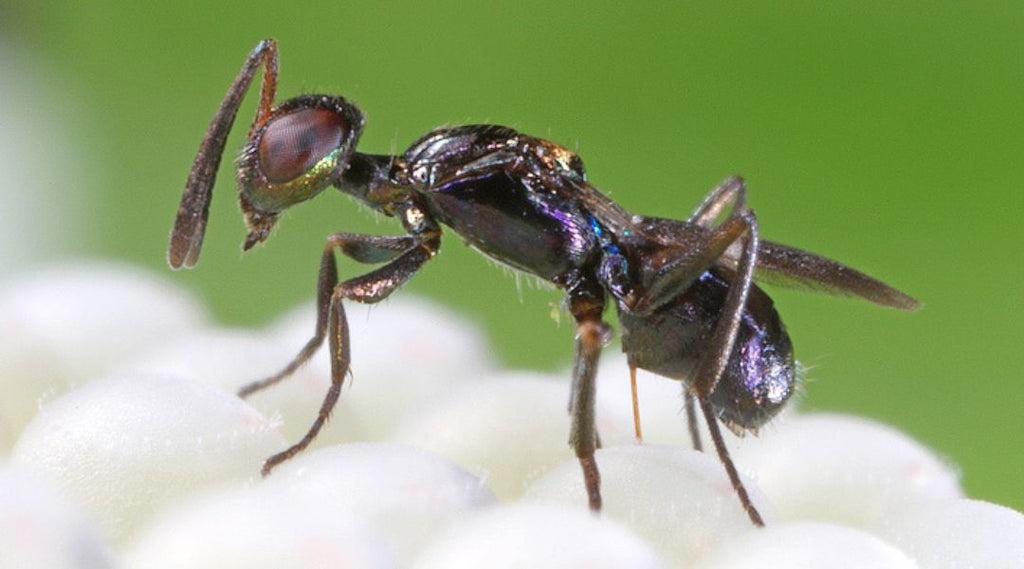
We are also trialling Anastatus wasps, an insect indigenous to Australia. They operate similarly to the Trichogramma Wasps, yet target Spotting Bugs instead.
Every year, we receive through the mail 60-70,000 host eggs of these tiny defenders, on pieces of cardboard, which are then hung throughout the orchard by hand.
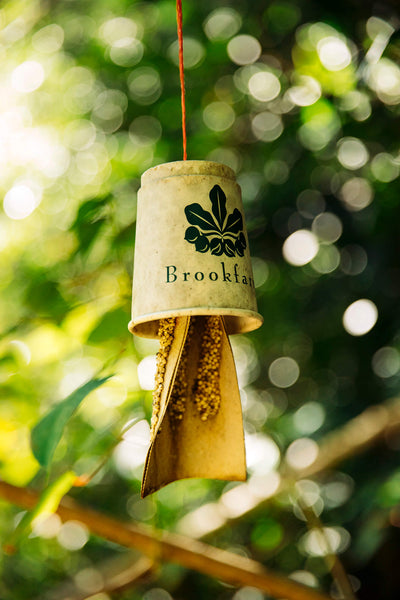
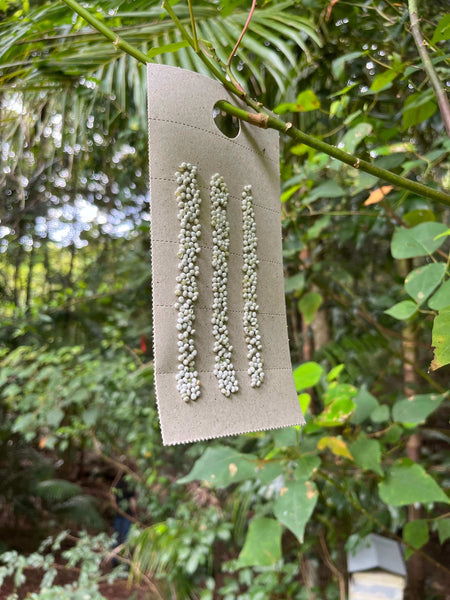
Winged warriors
We encourage our native owl population with nesting boxes and purposely built hunting perches, to easily survey the macadamia rows. A farmer's friend, they have been used for centuries as an effective natural predator. And effective they are! A pair of owls can keep the rodent population well in check, by snacking on up to 1,200 rats and mice a year. A natural and environmentally-friendly alternative to baiting, which poisons their food source.
A chain reaction
By focusing and understanding pest ecology, we can set our sights on other IPM strategies and research studies, such as the macadamia lace bug. Currently, Brookfarm is participating in a research study by PhD candidate Kirsten Ellis from the Centre for Organics Research, a joint initiative between Southern Cross University and the NSW Department of Primary Industries.
And by sharing our knowledge on natural solutions with other farms across the country, we are helping a chain reaction that will benefit agriculture, land regeneration and biodiversity as a whole!
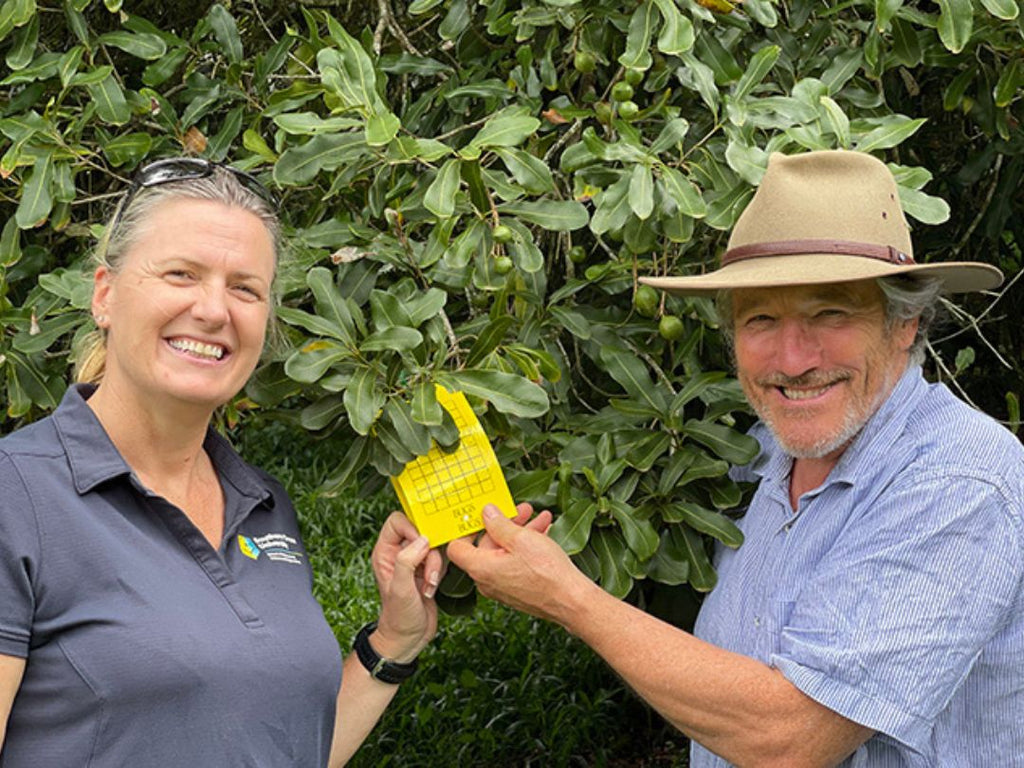
Natural pest methods = a healthier ecosystem
Natural pest methods, rather than traditional spraying and baiting, encourage an abundance of wildlife to thrive, like our native bees, but also butterflies, wasps, flies, moths, beetles and even ants can be a vital part of our macadamia crop system and rainforest regeneration.
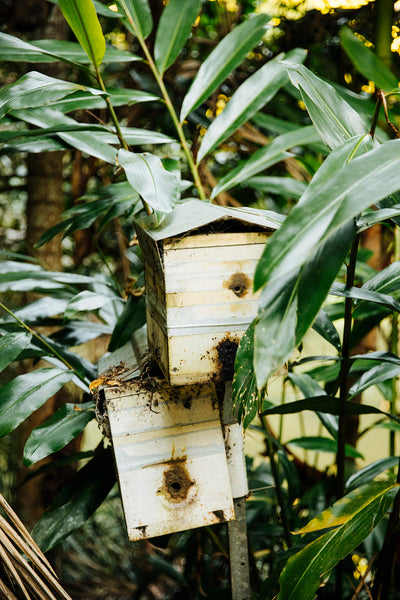
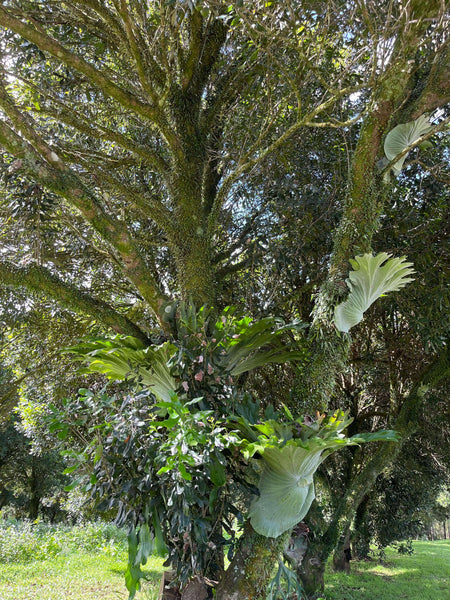
Larger animals have a variety of healthy food sources, like spiders, birds, sugar gliders, and snakes, bringing up their babies in a safe haven and in turn becoming part of the pest solution.
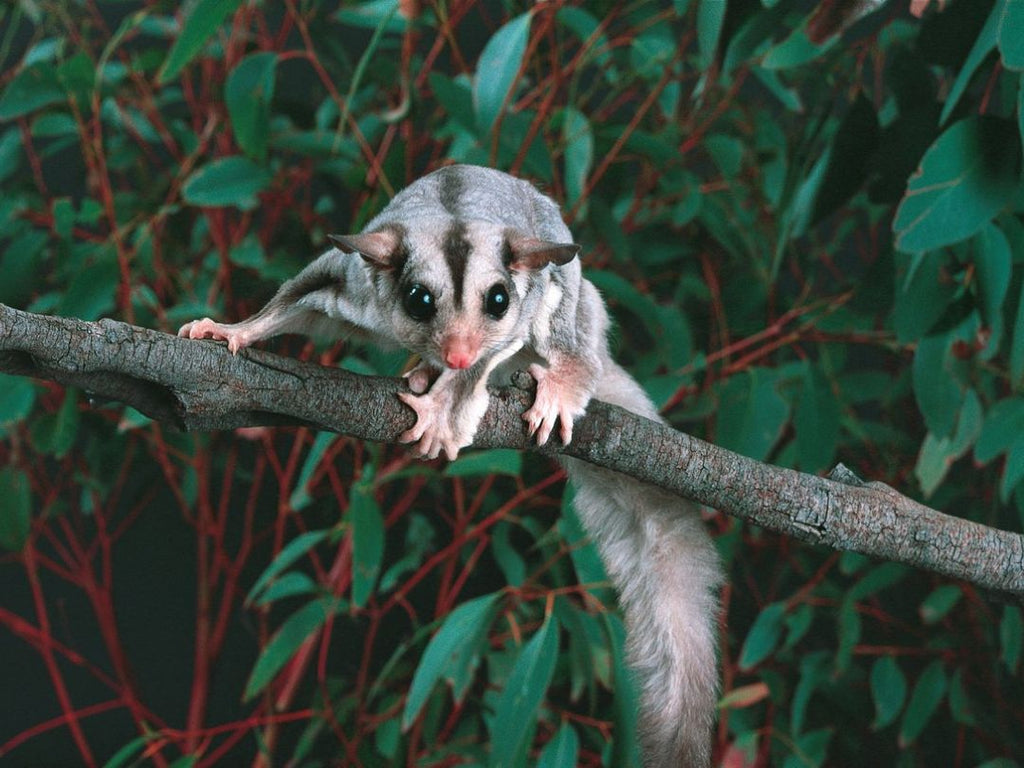
By helping regenerate diversity in our native ecology for pest management we are also part of wider solutions that biodiversity brings, providing crucial necessities such as pollination, seed dispersal, climate regulation, water purification, nutrient cycling, food and shelter, supporting life at all levels, and a healthier ecosystem for all.
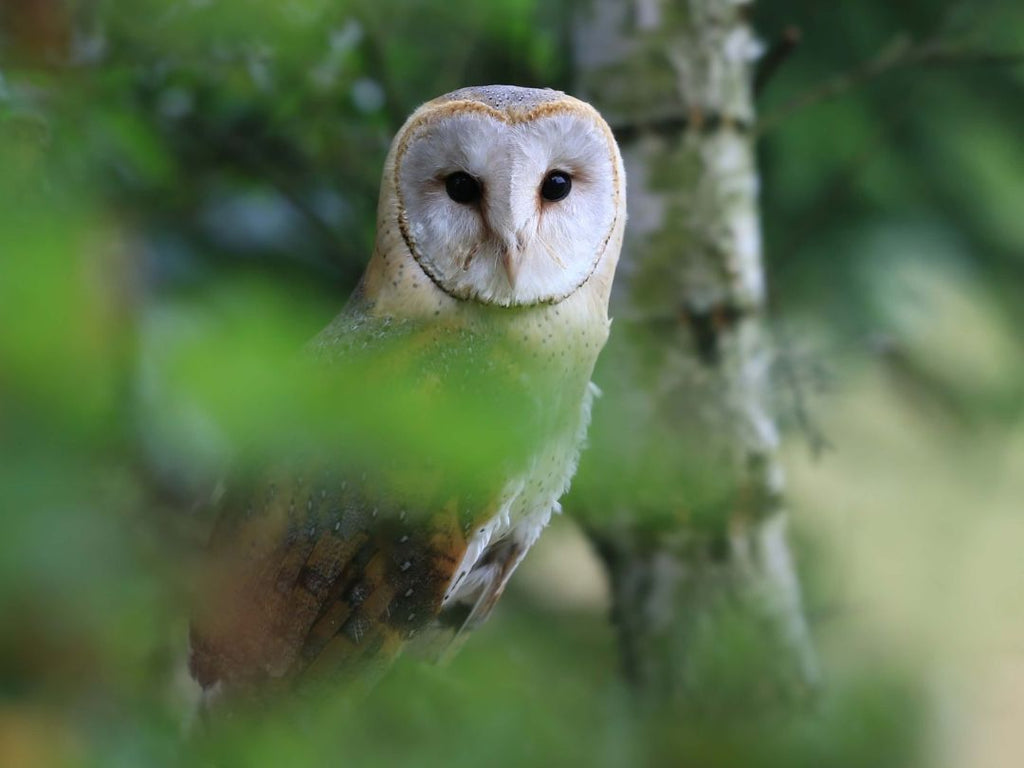
 Watch The Brookfarm Story: An Australian made story that starts in the rainforest on the family farm
Watch The Brookfarm Story: An Australian made story that starts in the rainforest on the family farm

Leave a comment